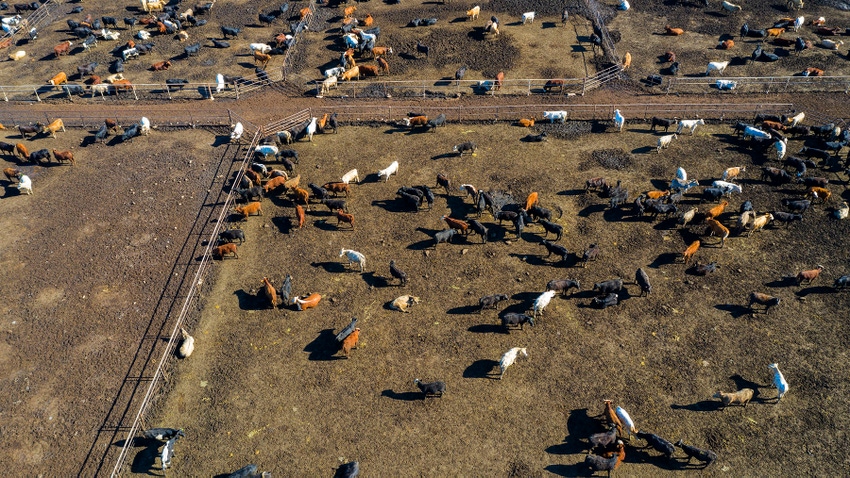October 30, 2023

The latest Cattle on Feed Report raised some eyebrows, showing a slight (0.6%) increase in feedlot inventory from last year. Placements of cattle on feed were up about 6% driven by higher 700-900 pound placements.
In the current setting of tighter supplies and smaller calf crops, many might be rightfully surprised to see an increase in cattle inventory numbers. However, there is plenty to unpack in this report that has both short-term and long-term implications for cattle markets.
My first big takeaway is the strong number of heifers on feed.

The quarterly breakdown of steers vs. heifers on feed was released with this report and showed that 40% of feedlot inventories were heifers.
This is the highest percentage in over 20 years and indicates that producers continue to send many heifers to feed instead of retaining for reproduction.
Two sides
There are two sides to this: (1) heifers are helping to boost inventories now which could be viewed somewhat negatively for prices in the short term but also (2) fewer heifers retained means a smaller calf crop next year which can be viewed as supporting high price levels in the longer term.
To me, this report shut down any ideas that herd expansion is happening or will happen in 2023, that discussion will shift toward whether expansion occurs in 2024.
The increase in placements is interesting because it likely reflects producers selling now to take advantage of strong markets but also some producers being forced to sell feeder cattle a little earlier than expected due to expanding drought in many areas.
Looking ahead at price expectations, it is worth noting that the current strong market prices have not really reflected herd rebuilding efforts yet. The rebuilding phase will include holding back more heifers which will mean fewer heifers sold as feeder cattle.
Combined with smaller calf crops as a whole, this will be the point when feeder cattle supplies get really tight and prices have the strongest supply-side support.
Source: Southern Ag Today
About the Author(s)
You May Also Like




